
![]()
Dead Space
2008
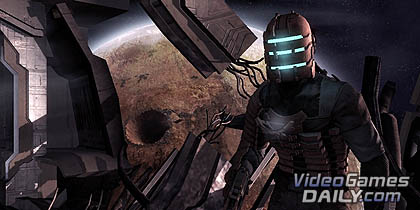
I scored this an against-the-grain eight last year, criticising it for repetition and cheap scares. Twelve months later I’d stick by that verdict, but there’s something… infectious about Dead Space. That it’s actually quite unique, for all its mechanical debts to Resi 4, is probably the clincher: I mean, how many outer space third-person survival horror games have you played this decade? And of those games, how many actually make space feel like space – disorienting, demoralisingly huge, deadly – and human efforts to traverse or conquer it correspondingly feeble, malfunctional? Sure, it’s just a game about finding keypads to unlock doors and monsters creeping up on you, but everything’s so bloody convincing. So yeah, still an eight, but styled like a 10.
Further Reading: Review
![]()
Homeworld: Cataclysm
2000
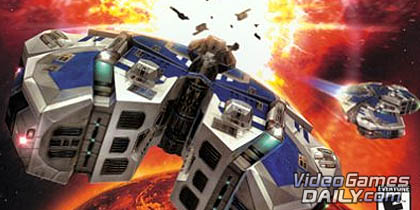
Yay, more space. I played this before the original Homeworld, and loved it to bits. It’s sort of like Battlestar Galactica meets Flight of the Phoenix. Plucky mining clan discover that their world is being attacked by contagious Borg-like monstrosity, get chased around the galaxy some, and slowly upgrade their once pitiful fleet into an empire-toppling force across 10-20 gameplay hours. Classy stuff. Like its predecessor, Cataclysm uses all three movement axes during combat, and there’s broadly the same unit hierarchy, but it’s a lot grittier, less clear-cut – the plot’s twistier, technology and ships aren’t so much researched as bodged together from old parts, cue some dirty improvisational tactics. Send ramming ships to shove scary flesh-covered cruisers out of firing range. Combine pairs of fighters into sturdy corvettes to take down gunships. Ring your mothership with forcefield emitters which transform into orbital cannons. Huzzah.
![]()
Prince of Persia: Sands of Time
2003
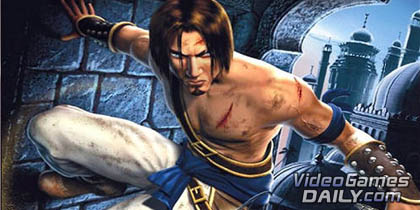
It was the first game I’d played that did sex without caricaturing it or broadcasting it from the headlines. It was also the first game I’d played that allowed you to run up a wall, kick off it and land on a beam without resembling a concussed coach driver trying to run down a soap bubble on an ice rink. Context sensitivity’s star began its ascent when Sands of Time hit shelves. Years later Lara Croft, high priestess of wonky precision platforming, would come back and nick all the Prince’s moves. What else? Oh yeah, time manipulation. Questionably implemented here, with hindsight, but look how influential the idea proved. Nowadays you can’t so much as unzip your trousers in an action game without slow motion. Lovely over-exposed, dust-saturated visuals, too.
Further Reading: Review
![]()
Final Fantasy IX
2000
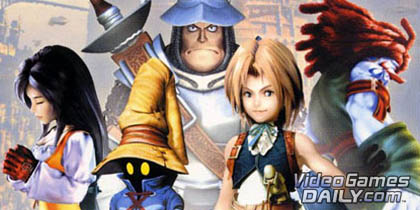
Better than the seventh, and so much better than the tenth. It had the pubescent angst and journey-of-self-discovery bit, and there’s the usual ridiculous super-plot involving alternate dimensions, but these more overblown themes are tempered by an all-pervading, uncomplicated, almost childlike spirit of adventure. The world is Studio Ghibli material: trains and airships, pistons and clockwork, fluting castle turrets and rainbow cobble stones, musical theatre and haunted forests. It’s even got a sense of humour. Remember Steiner bellowing at an unseen, hard-pressed Vivi during the Festival of the Hunt at Lindblum? “MISTRESS DAGGER AND I ARE ROOTING FOR YOU!” FFIX felt like Square Enix on its holidays, relishing its own imaginativeness. Probably my favourite JRPG of all time.
![]()
Monster Hunter Freedom
2005
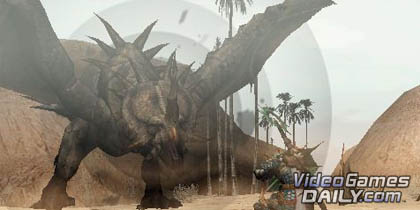
Another controversial inclusion. Monster Hunter was worse in some ways for being packed into the PSP, the console’s UMD drive appending 30 seconds or more to every load break, yet this was the version which truly captured Nippon imaginations. And mine. The big-boned, nomadic godchild of pioneering Dreamcast MMO Phantasy Star Online and Capcom’s own Onimusha swordfighting series, Monster Hunter is uniquely, notoriously in-depth. What tends to get lost in the waterfall of stats is that it’s a superbly elaborate, highly demanding action game too. Each of the several hundred bounties has its own habitat, behavioral patterns, attributes and abilities, and woe betide the huntsman who tackles one without a correspondingly multi-faceted strategy. Shame about the missing online support, but still – thumbs up.
Further Reading: Review (sequel)







 Satoru Iwata Video Interview - the late Nintendo president spoke with Kikizo in 2004 as 'Nintendo Revolution' loomed.
Satoru Iwata Video Interview - the late Nintendo president spoke with Kikizo in 2004 as 'Nintendo Revolution' loomed. Kaz Hirai Video Interview - the first of Kikizo's interviews with the man who went on to become global head of Sony.
Kaz Hirai Video Interview - the first of Kikizo's interviews with the man who went on to become global head of Sony. Ed Fries Video Interview - one of Xbox's founders discusses an epic journey from Excel to Xbox.
Ed Fries Video Interview - one of Xbox's founders discusses an epic journey from Excel to Xbox. Yu Suzuki, the Kikizo Interview - we spend time with one of gaming's most revered creators.
Yu Suzuki, the Kikizo Interview - we spend time with one of gaming's most revered creators. Tetris - The Making of an Icon: Alexey Pajitnov and Henk Rogers reveal the fascinating story behind Tetris
Tetris - The Making of an Icon: Alexey Pajitnov and Henk Rogers reveal the fascinating story behind Tetris Rare founders, Chris and Tim Stamper - their only interview? Genuinely 'rare' sit down with founders of the legendary studio.
Rare founders, Chris and Tim Stamper - their only interview? Genuinely 'rare' sit down with founders of the legendary studio. The History of First-Person Shooters - a retrospective, from Maze War to Modern Warfare
The History of First-Person Shooters - a retrospective, from Maze War to Modern Warfare
Well that is one side of the story. I dont disagree but there is always additional information. I’d also recommend checkout out my blog